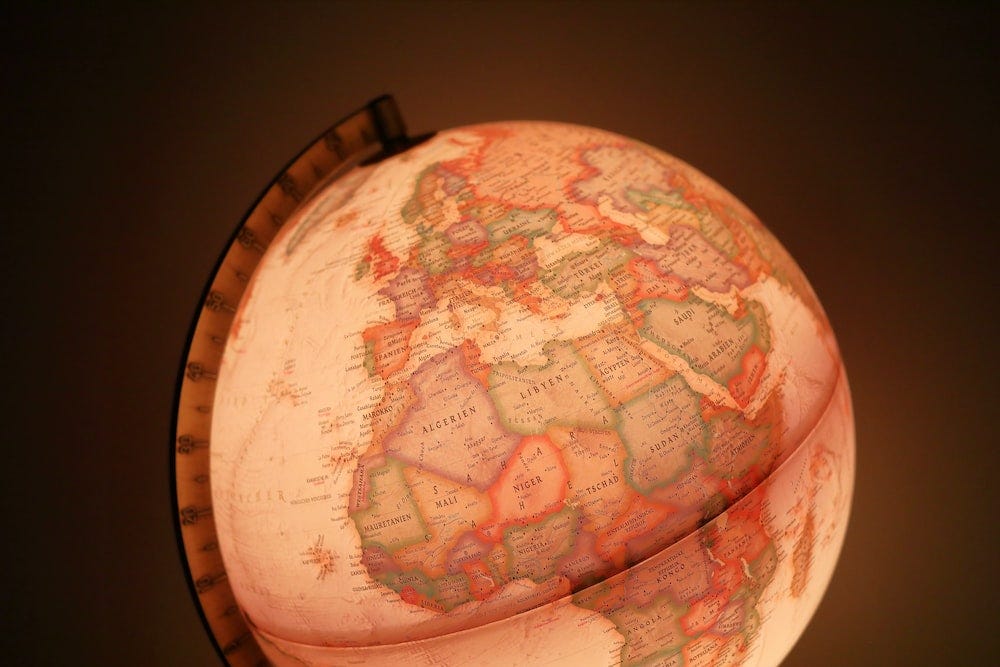This article explores the use of Python libraries for analyzing world country borders. It covers topics such as reading and loading GeoJSON data, calculating coordinates, creating a country border network graph, and visualizing the network. It also highlights three insights that can be derived from the network: examining borders of a chosen nation, identifying the top countries with the most borders, and finding the shortest country-to-country routes.

Utilizing NetworkX for Graph-Based Country Border Analysis
Python offers a wide range of libraries that allow us to easily and quickly address problems in various research areas. In this article, we will conduct a simple analysis of world borders, specifically exploring which countries share borders with others. We will begin by utilizing information from a GeoJSON file containing polygons for all countries worldwide. The ultimate goal is to create a graph representing the various borders using NetworkX and utilize this graph to perform multiple analyses.
GeoJSON Data Ingestion: Reading and Loading Global Country Data
GeoJSON files enable the representation of various geographical areas and are widely used in geographical analysis and visualizations. The initial stage of our analysis involves reading the countries.geojson file and converting it into a GeoDataFrame using GeoPandas. This file has been sourced from the following GitHub repository and contains polygons representing different countries worldwide.
GeoDataFrame with Comprehensive Country Information
The GeoDataFrame contains columns such as ADMIN, ISO_A3, ISO_A2, and geometry. These columns provide administrative names, country codes, and geometrical information for each country.
Calculating Multipolygon Coordinates: Latitude and Longitude
We extract the latitude and longitude coordinates of each country’s centroid using the shapely library. These coordinates will be used to visualize the nodes on the graph based on their real geographic positions.
Creating a Country Border Network Graph
We construct a graph using NetworkX to represent the borders between different countries worldwide. Each country is represented as a node, and if there is a border between two countries, an edge is created between their nodes.
Visualizing the Constructed Network of Country Borders
We visualize the created network of country borders by plotting the nodes and edges on a map. The positions of the nodes on the graph are determined by the latitude and longitude coordinates of the countries.
Exploring Insights: Answering Questions with the Country Border Network
The country border network we’ve created can help us address multiple questions. We can visually assess the neighbors of a specific country, analyze which countries have the most borders, and find the shortest routes between countries.
By leveraging AI solutions like the AI Sales Bot from itinai.com/aisalesbot, you can automate customer engagement and manage interactions across all customer journey stages. This can help your company stay competitive and redefine your sales processes and customer engagement. Implementing AI gradually and selecting the right AI solution for your needs can lead to measurable impacts on business outcomes.
List of Useful Links:
- AI Lab in Telegram @aiscrumbot – free consultation
- From GeoJSON to Network Graph: Analyzing World Country Borders in Python
- Towards Data Science – Medium
- Twitter – @itinaicom



























